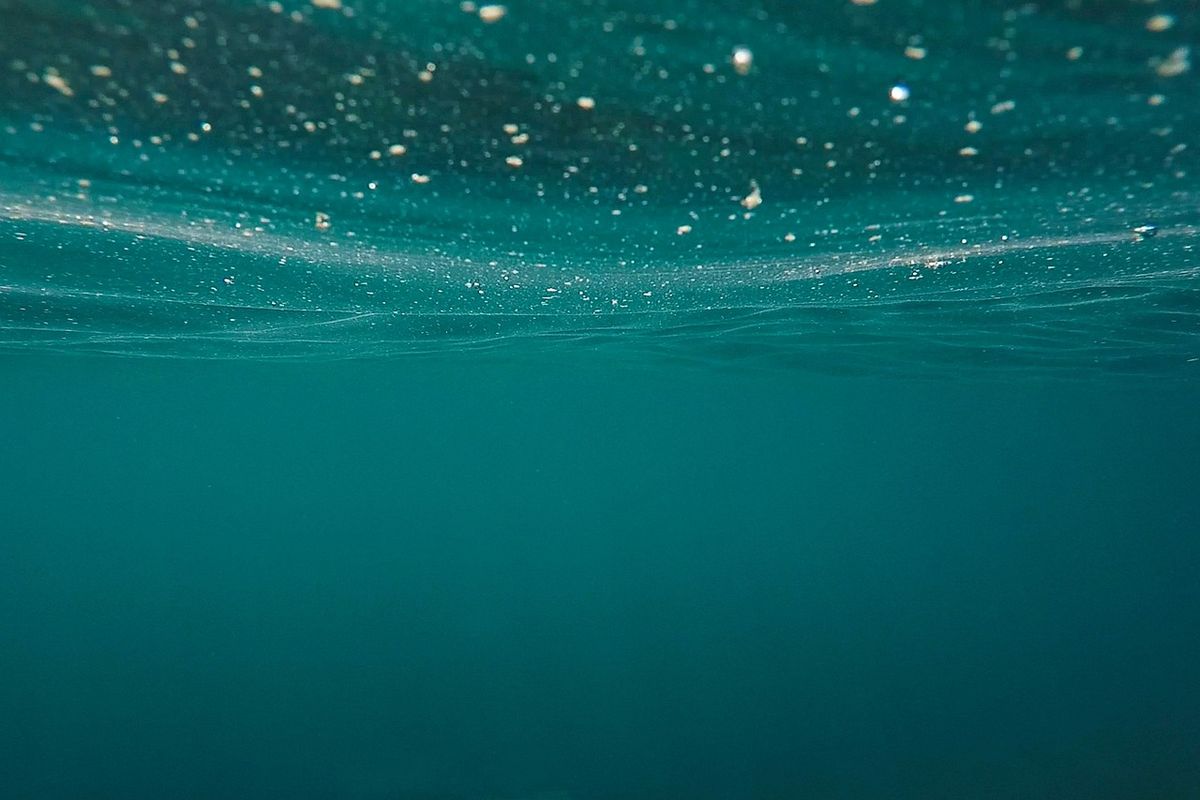
Borzalmas tragédia történt a magyar főúton, egy ember életét vesztette
Az áldozat a helyszínen életét vesztette.
A most közzétett felvétel valóságos kommentcunamit indított el.
A NASA Juno űrszondája 2016 óta tanulmányozza a Jupiter bolygórendszerét, beleértve annak holdját, az Europát is, amelyet Naprendszerünk egyik legígéretesebb helyének tartanak a Földön kívüli élet kutatására.

A gyűjtött adatokat tanulmányozó tudósok úgy gondolják, hogy az Europa nagy sós vizű óceánt rejthet jeges, kráteres kérge alatt. Számításaik szerint a Jupiter holdjának óceánja kétszer annyi vizet tartalmaz, mint a Földé. A NASA most megosztott egy képet a közösségi oldalán, amely nagyjából egy éve készült 945 mérföld (1521 kilométer) magasságban.
Új küldetés készül a hold tanulmányozására: az Europa Clipper 2024 októberében indul, hogy olyan körülményeket keressen, amelyek alkalmasak az életre
– írta a NASA az Instagramon.
A kép egy nappal ezelőtti közzététele óta több mint félmillió lájkot gyűjtött össze az Instagramon, és rengeteg hozzászólás érkezett, látszik, hogy az emberek odavannak a földön kívüli élet lehetőségéért.


Az áldozat a helyszínen életét vesztette.

Mutatjuk, mit tartogat az időjárás!

Az atya több ördögűzésen is részt vett.
Nem akar lemaradni a Metropol cikkeiről? Adja meg a nevét és az e-mail címét, és mi hetente három alkalommal elküldjük Önnek a legjobb írásokat!
Feliratkozom a hírlevélre
Portfóliónk minőségi tartalmat jelent minden olvasó számára. Egyedülálló elérést, országos lefedettséget és változatos megjelenési lehetőséget biztosít. Folyamatosan keressük az új irányokat és fejlődési lehetőségeket. Ez jövőnk záloga.